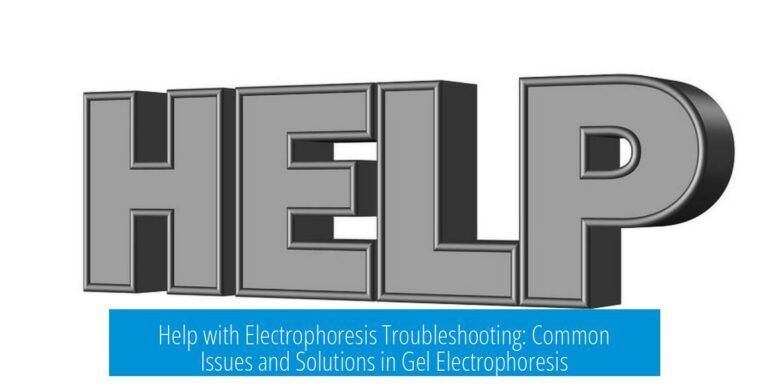Beautiful Fehling’s Test: Understanding Its Visual Appeal and Practical Role
The Fehling’s test produces a striking visual result characterized by a deep red precipitate when aldehydes or reducing sugars are present. This visual change is often described as beautiful due to the vivid color transition. The test is a classic chemical assay used to detect aldehydes via redox reactions.
Visual Appearance of the Fehling’s Test
The hallmark of a well-executed Fehling’s test is the formation of a brick-red precipitate, copper(I) oxide (Cu2O). This contrasts sharply with the original blue solution of Fehling’s reagent. Observers often appreciate the color change, describing it as “nice,” “beautiful,” or even “Schön.” The solution’s clarity and the prominent red deposit can make the reaction visually appealing.
However, presentation quality affects how this test is perceived. If documentation—such as photographs or videos—fails to focus on the test tube properly, the visual impact diminishes. Clear visualization is essential for educational and analytical purposes.
Practical Use and Application
The Fehling’s test serves primarily in qualitative analysis. It confirms the presence of aldehydes or other reducing compounds, such as glucose. Despite its usefulness in teaching and simple detection, modern laboratories often rely on more precise methods. Some commentators note it lacks significant practical use in advanced analytical chemistry.
Context and Setting
This test commonly occurs in educational and research laboratory environments. Anecdotes mention unique practices, such as using beer coasters to catch chemical spills in German schools, highlighting practical lab customs. The test is frequently demonstrated in school chemistry classes to illustrate redox reactions and organic functional groups.
Analyzing Specific Tested Substances
The Fehling’s test reacts specifically with aldehydes. The question of which aldehyde was tested often arises, with glucose being a common example. The positive result is indicated by the red precipitate. The test’s beauty lies not only in color but also in the clear chemical indication it provides.
Key Takeaways
- Fehling’s test shows a characteristic red precipitate signaling aldehydes or reducing sugars.
- Its visual change is aesthetically notable and often described as “beautiful.”
- Effective presentation requires clear focus on the test tube to highlight results.
- It remains useful for simple, qualitative detection but is less common in advanced analysis.
- Typical use occurs in school labs and educational settings, sometimes with unique local practices.
What does a successful Fehling’s test look like?
A positive Fehling’s test shows a clear color change. You’ll see a bright red or orange precipitate, indicating the presence of aldehydes. The appearance is often called “beautiful” because of this vivid color shift.
Why is camera focus important in documenting Fehling’s test?
Focus on the test tube is crucial to capture the result clearly. Blurry images make it hard to confirm the color change and final reaction, which reduces the quality of documentation and understanding.
Does Fehling’s test have practical applications?
Fehling’s test is mostly used in educational labs. It helps identify aldehydes but is less common in modern practical chemistry due to newer, more precise methods.
Can Fehling’s test be used on all aldehydes?
It works well with many aldehydes but not all. The test detects reducing sugars and some simple aldehydes, showing a red precipitate if the reaction is positive.
Where is Fehling’s test commonly performed?
This test is often seen in school and university chemistry labs. Sometimes informal lab settings, like those using beer coasters for spills in Germany, provide a unique context for the test.





Leave a Comment